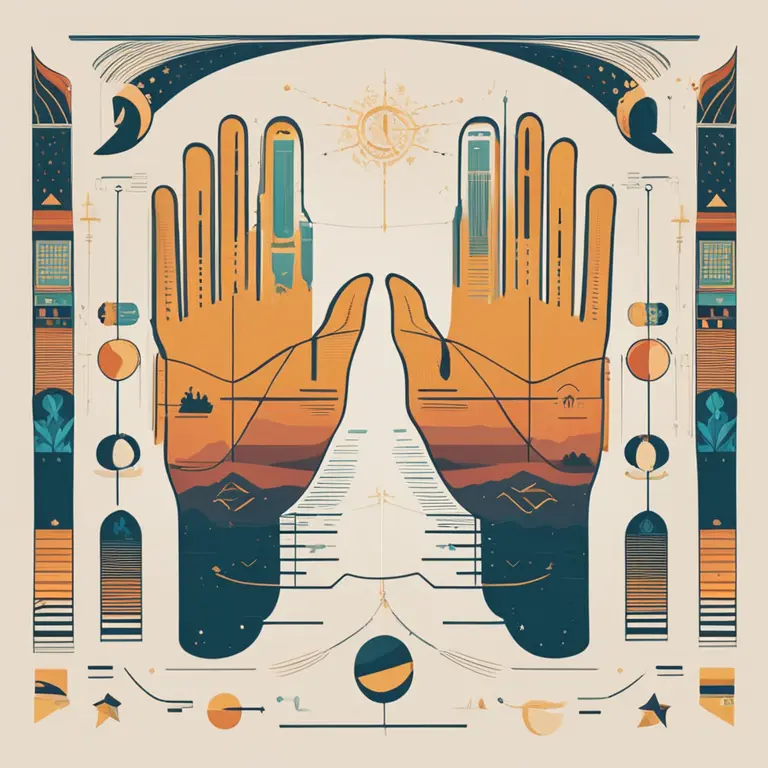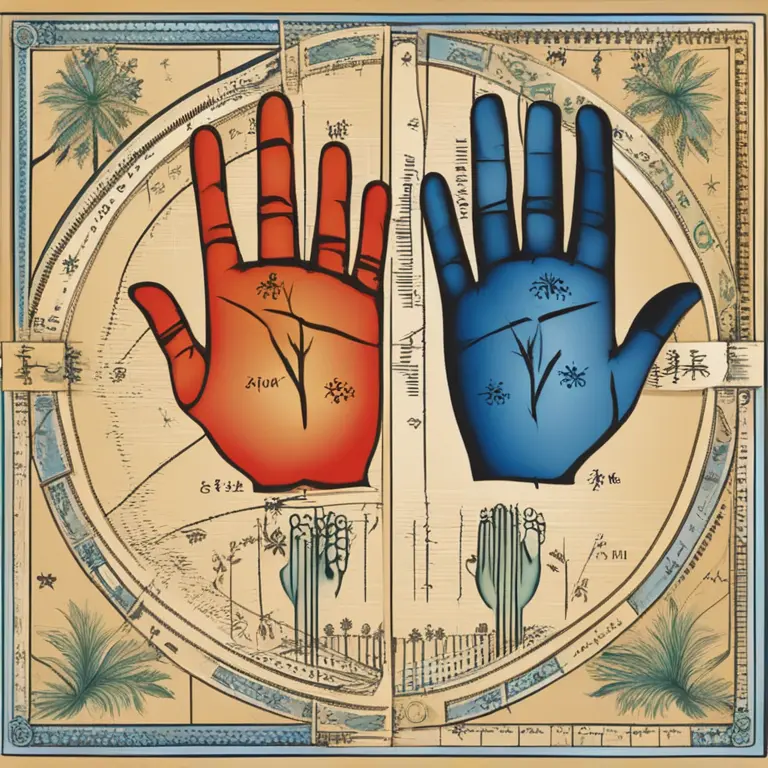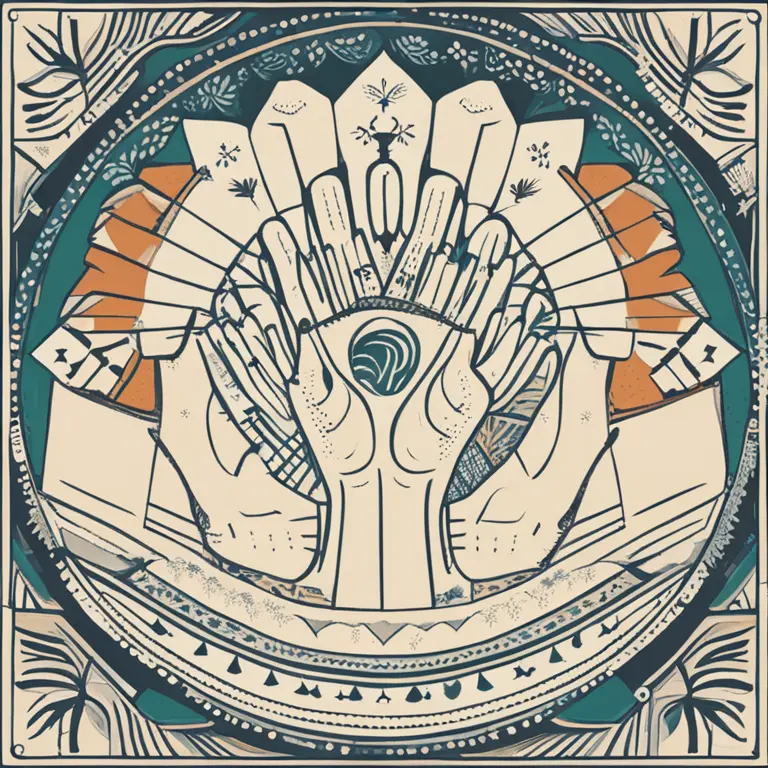
The Essential Guide to Palmistry: Which Hand to Read?
Delve into the art of palmistry and learn which hand offers the most insight into your character and destiny.
article by Nora Pennington
The Basis of Palm Reading
In the fascinating world of palmistry, each hand tells its own unique story. To beginners and adepts alike, the question often arises: Which hand should one read to unravel the messages etched within the lines? Palmistry, although an ancient practice, continues its legacy in our modern era by offering insights into one's character, potential, and the possible turns of fate. As we embark on this journey of palm discovery, we will illuminate the traditions and contemporary perspectives on choosing the right hand for a revelatory reading.

Understanding the Active and Passive Hands
Traditionally, palmists distinguish between the 'active' (dominant) hand and 'passive' (non-dominant) hand in their readings. The active hand, typically used for writing, is believed to represent the conscious mind, current life experiences, and the active shaping of one's destiny. In contrast, the passive hand is interpreted as a mirror of inherited traits, potential, and subconscious leanings. It's the foundation upon which the active hand builds. Therefore, a comprehensive reading scrutinizes both hands—the active hand showing evolution and the passive hand serving as a baseline for personal interpretation.

Modern Insights on Hand Preference
As palmistry evolves, so do its practices. In 2024 and beyond, many palmists take a more holistic approach. They consider the left hand to reflect what you are born with, encompassing your potentials, health predispositions, and raw talents. The right hand, seen through the lens of flexibility and change, represents what you have done with those inherent gifts and how life's events have shaped your journey. This nuanced view allows for a dynamic and individualized reading, inspiring a conversation between innate proclivities and lived experiences.

The Ambidextrous Consideration
What about ambidextrous individuals—one might inquire? Ambidextrous people use both hands with equal skill, which adds an intriguing layer to palm readings. Palmists may compare both hands in closer detail to highlight similarities and discrepancies, thus revealing a more complex interplay between potential and action. This comparison can lead to a richer and more profound understanding of the person's life path and key personality traits.

Reading for Specific Questions
Sometimes, the querent approaches with specific questions concerning their love life, career, or personal growth. In such cases, palmists might focus on particular lines or mounts on the hands based on the nature of the inquiry. For love and relationships, for instance, the heart line holds significant meaning, thus influencing which hand would be more pertinent to examine. The hands, in this sense, provide a nuanced map, with different territories highlighted depending on the seeker's journey.
Cultural Variations in Palm Readings
Cultural nuances also affect palm-reading practices. In some Eastern traditions, it is customary to read the right hand for men and the left hand for women, particularly regarding marriage and relationships. However, in Western palmistry, this gender distinction does not typically apply. Across cultures, the richness of palmistry is found within its diversity of methods—each offering a different perspective and a novel insight into the querent's life.
Integrating Modern Techniques
The future of palmistry may integrate technological advancements, like high-definition scanning and analysis software, offering an unprecedented precision in reading the lines, shapes, and mounts of the hands. But irrespective of the tools used, the fundamental wisdom remains: The hands hold a mirror to the soul, and learning to decipher them is an art of patience, intuition, and deep knowledge. Palmists will continue to read both hands in communion, interpreting the interplay of lines that dance together to tell your unique story.
Published: 1/11/2024
Modified: 1/12/2024
More predictions
Come back here soon to learn more about yourself and your future


Can Palmistry Foresee One’s Demise?
Delve into the contentious debate about whether palmistry can predict the end of life and the ethical considerations of such a claim.


The Efficacy of Palmistry: Real Insight or Fancy?
Delve into the validity of palmistry as a form of divination. Is there a truth behind the lines on our palms, or is it just a charming fancy?


The Ancient Art of Vedic Palmistry
Discover the ancient art of Vedic Palmistry and its practice in the modern era, revealing the secrets held within the lines of the hand.